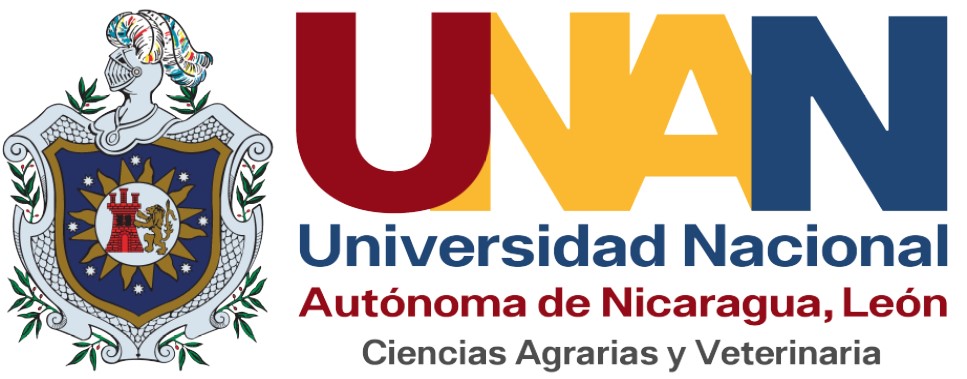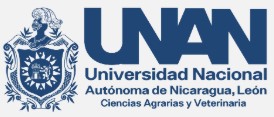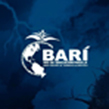Factors limiting teachers in inclusive integration of children with special educational needs
DOI:
https://doi.org/10.5377/ribcc.v2i1.5704Keywords:
Inclusive, Down Syndrome, DisabilityAbstract
The present essay focused on reviewing the implementation of strategies that will facilitate teaching the integration of children with educational needs associated or not with a disability and that is why the Government of Reconciliation OF National Unity (GRUN) in coordination with the Ministry of Education (MINED) Nicaragua and consequently with the commitment acquired within the action framework to carry out actions aimed at providing an education that meets the educational needs of all and all children, young people and adults. In conclusion, educational inclusion presents a complexity that can be understood
better if you have the teacher as the relevant and key agent of this process. The attitude of teacher with respect to these practices, depending on their attitude can be constituted in a barrier or a facilitating agent. On the other hand, the available resources facilitate or limits the possibilities or opportunities to generate more inclusive educational spaces.
Downloads
Metrics
References
Alegre, O. M. (2000). Diversidad Humana y Educación. Málaga: Aljibe, 23-50.
Beltrán Llera, J. (1993). Procesos, estrategias y técnicas de aprendizaje. Editorial Síntesis, SA Madrid.
Booth, T., & Ainscow, M. (2012). Guía para la inclusión educativa: desarrollando el aprendizaje y la participación en las escuelas. Santiago, Chile: CSIE-FCF.
Cook, B. G., & Cameron, D. L. (2010). Inclusive teachers' concern and rejection toward their students: Investigating the validity of ratings and comparing student groups. Remedial and Special Education, 31(2), 67-76.
https://doi.org/10.1177/0741932508324402
De Boer, A., Pijl, S. J., & Minnaert, A. (2011). Regular primary schoolteachers' attitudes towards inclusive education: A review of the literature. International journal of inclusive education, 15(3), 331-353.
https://doi.org/10.1080/13603110903030089
Eisenman, L. T., Pleet, A. M., Wandry, D., & McGinley, V. (2011). Voices of special education teachers in an inclusive high school: Redefining responsibilities. Remedial and special education, 32(2), 91-104.
https://doi.org/10.1177/0741932510361248
Horne, P. E., & Timmons, V. (2009). Making it work: Teachers' perspectives on inclusion. International journal of inclusive education, 13(3), 273-286.
https://doi.org/10.1080/13603110701433964
Huang, H. H., & Diamond, K. E. (2009). Early childhood teachers' ideas about including children with disabilities in programmes designed for typically developing children. International Journal of Disability, Development and Education, 56(2), 169-182.
https://doi.org/10.1080/10349120902868632
Idol, L. (2006). Toward inclusion of special education students in general education: A program evaluation of eight schools. Remedial and Special education, 27(2), 77-94.
https://doi.org/10.1177/07419325060270020601
Jordan, A., Glenn, C., & McGhie-Richmond, D. (2010). The Supporting Effective Teaching (SET) project: The relationship of inclusive teaching practices to teachers' beliefs about disability and ability, and about their roles as teachers. Teaching and teacher education, 26(2), 259-266.
https://doi.org/10.1016/j.tate.2009.03.005
Jordan, A., Schwartz, E., & McGhie-Richmond, D. (2009). Preparing teachers for inclusive classrooms. Teaching and teacher education, 25(4), 535-542.
https://doi.org/10.1016/j.tate.2009.02.010
Lindsay, G. (2010). Intervención en el lenguaje en una escuela inclusiva. In Dificultades del lenguaje, colaboración e inclusión educativa: manual para logopedas, psicopedagogos y profesores (pp. 93-104).
Sánchez Bravo, A., Díaz Flores, C., Sanhueza Henríquez, S., & Friz Carrillo, M. (2008). Percepciones y actitudes de los estudiantes de pedagogía hacia la inclusión educativa. Estudios pedagógicos (Valdivia), 34(2), 169-178.
https://doi.org/10.4067/S0718-07052008000200010
Sanhueza, S., Granada, M. y Bravo, L (2012) Actitudes del profesorado de Chile y Costa Rica hacia la inclusión educativa. Revista Cadernos de Pesquisa.
STAINBACK, S., & STAINBACK, W. (1999). Aulas inclusivas, Madrid, Narcea. VLACHOLL, AD.
Sola, T. (1997). La formación inicial y su incidencia en la educación especial. En Sánchez Palomino, A. Y J. Torres González, Educación especial I. Una perspectiva curricular, organizativa y profesional. Madrid: Pirámide.
Tilstone, CH., Lani, F. Y Richard, R. (2003). Promoción y desarrollo de prácticas educativas inclusivas. Madrid: Eos
Warnock Report (1978). Report of the committee of enquiry into the education of handicapped children and young people. London: Her Majesty's Stationary Office.
Arnaiz, P. (2003). Educación inclusiva: una escuela para todos. Málaga: aljibe, 77.
Downloads
Published
How to Cite
Issue
Section
License
Copyright (c) 2018 Revista Iberoamericana de Bioeconomía y Cambio Climático

This work is licensed under a Creative Commons Attribution-NonCommercial-ShareAlike 4.0 International License.
Copyright © 2025 Rev. iberoam. bioecon. climate change. National Autonomous University of Nicaragua León (UNAN-León), Knowledge Area of Agrarian and Veterinary Sciences / Specific Area of Agroecology and Agribusiness / Center for Research in Agrarian Sciencies. Academic Directorate. Research Department. Publication and scientific events Unit.












 EDITORIAL
EDITORIAL e-ISSN
e-ISSN


 COPYRIGHT
COPYRIGHT This work is licensed under a Licencia Internacional
This work is licensed under a Licencia Internacional 












